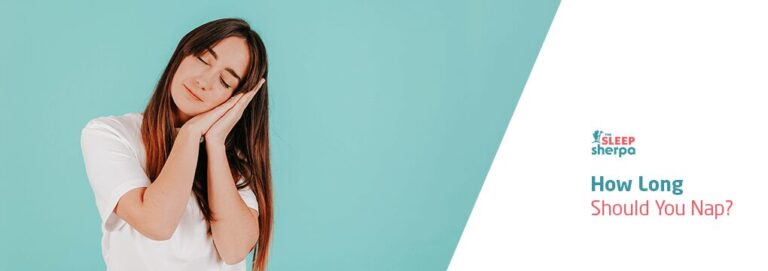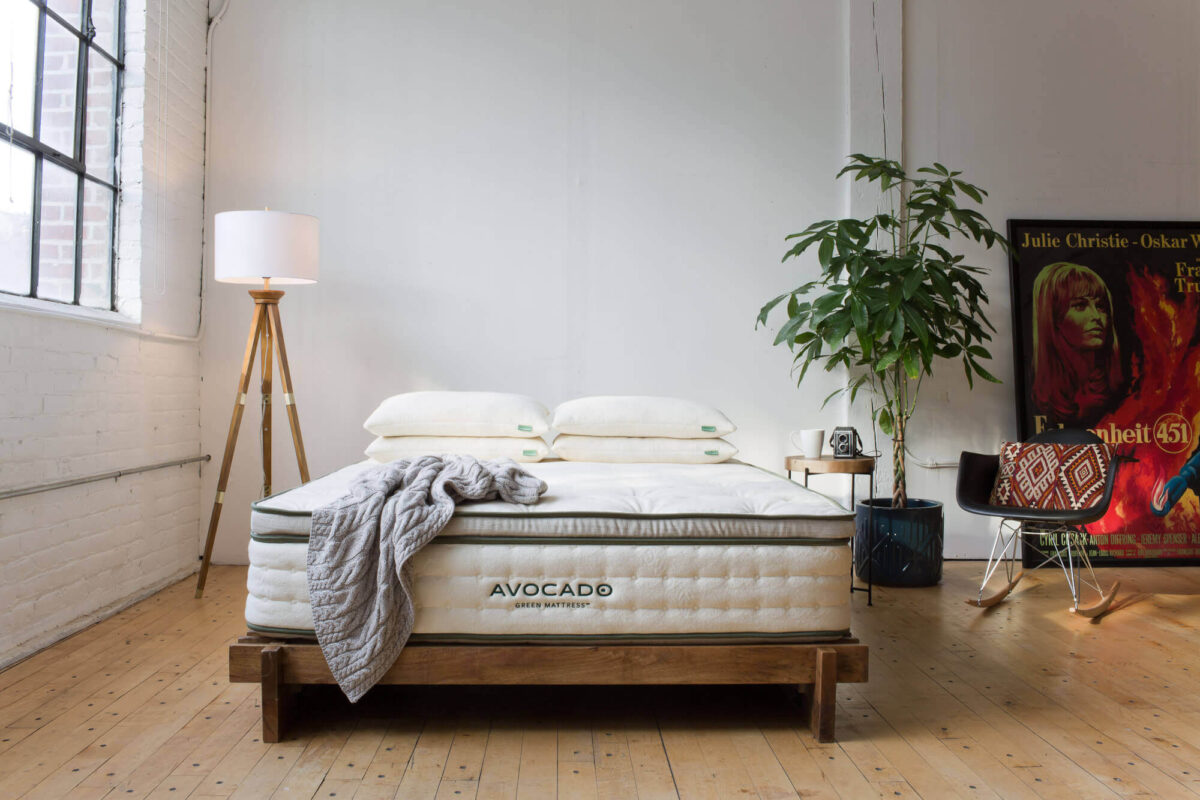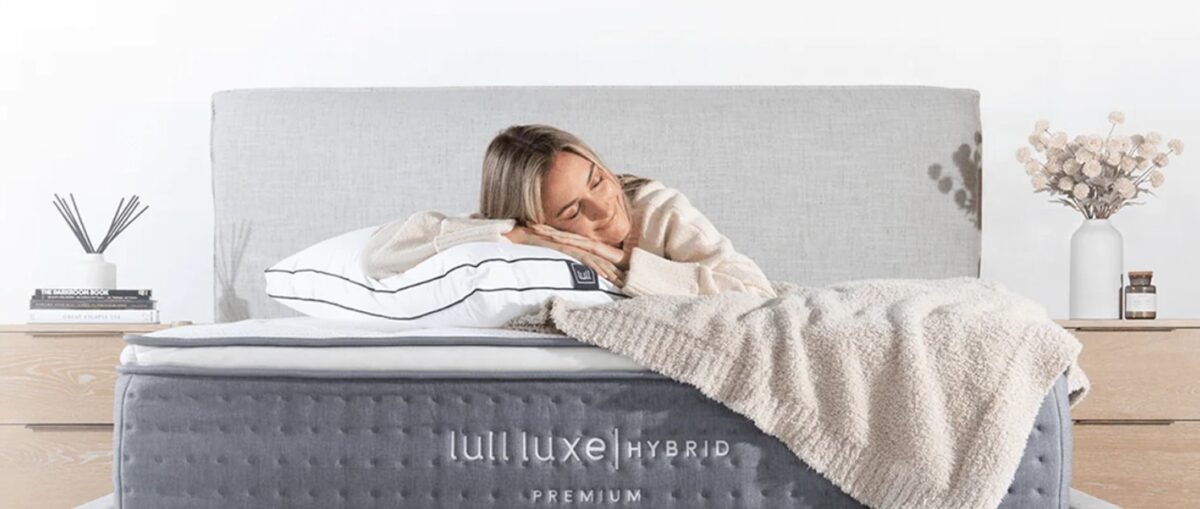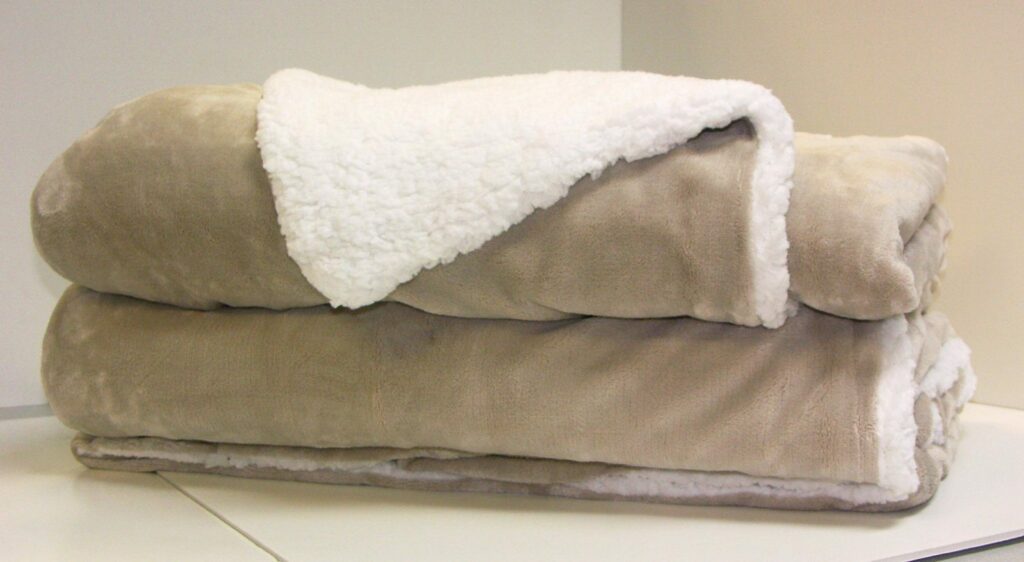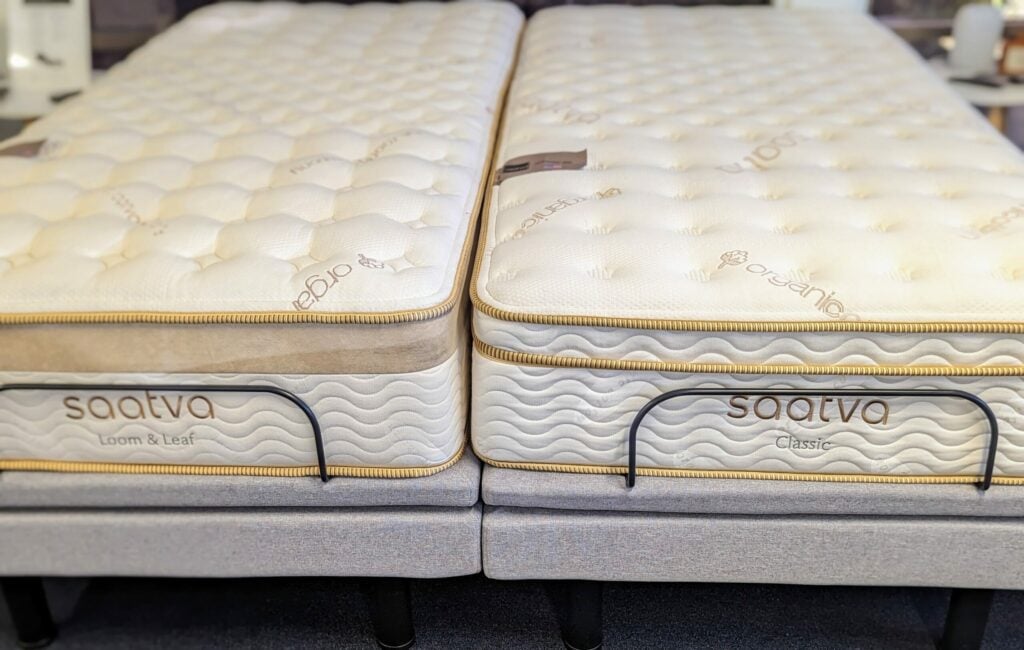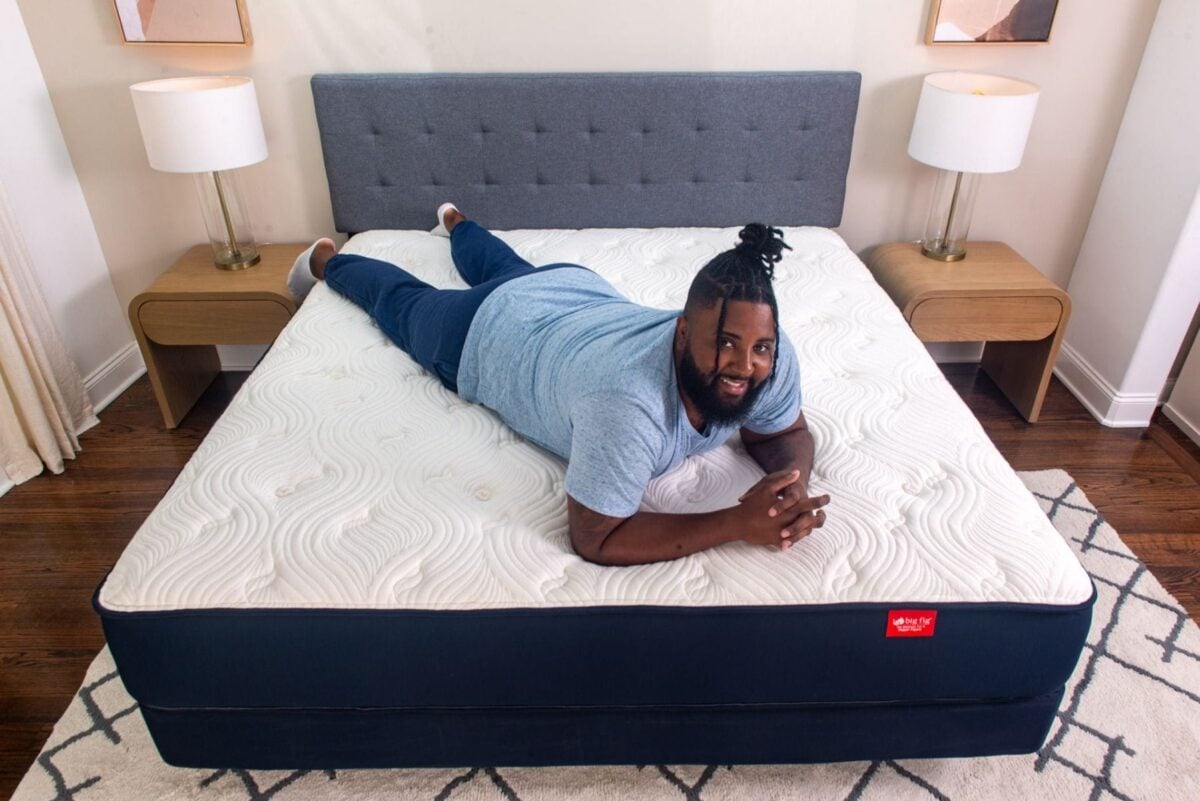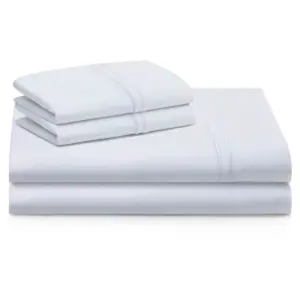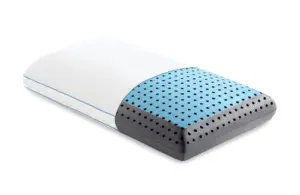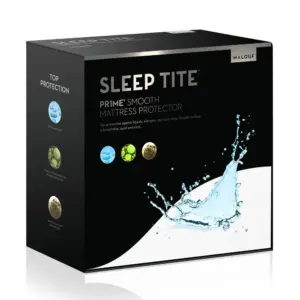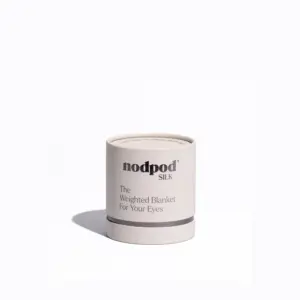How Long Should You Nap?
Returning to work after the weekend can feel like an uphill battle for many. The remnants of fatigue linger, the allure of sleeping in beckons, and the office environment often becomes a breeding ground for yawns and caffeine cravings. Before reaching for that cup of coffee, consider a more refreshing alternative: a nap.
The advantages of sleep are well-documented. As Shakespeare noted, sleep is a natural remedy for many ailments; it’s an essential component of overall health. However, modern lifestyles often deprive us of restorative slumber. Many people burn the candle at both ends, sacrificing restful nights for late nights, resulting in an urban population that trudges through the day in a sleep-deprived haze. While caffeine may offer a temporary boost, it can lead to more harm than good in the long run.
The Benefits of Napping: How Long Should You Nap?
Scientific research underscores the value of midday naps, and many forward-thinking companies have adopted nap policies for their employees. Organizations are recognizing that short naps can significantly enhance energy, productivity, and cognitive performance. However, it’s crucial to remember that a nap shouldn’t resemble a full night’s sleep; it should be brief and intentional.
To maximize the benefits of napping, consider these guidelines:
1. Tune into Your Health: Is Napping Right for You?
If you struggle with insomnia, napping might not be the best option for you. Naps are beneficial for those who are sleep-deprived, offering a much-needed energy boost. However, if you have sleep disorders like insomnia, midday naps could interfere with your ability to fall asleep at night. For insomniacs, it’s often better to skip the nap in favor of a consistent nighttime routine.
2. Limit Your Nap to 30 Minutes
Feeling groggy after a nap? This often occurs when you wake from deep sleep when your goal is just a brief rest. To avoid this, aim for a nap lasting no longer than 30 minutes. This duration, often referred to as a power nap, is optimal for refreshing those who didn’t get enough sleep the previous night without entering deeper sleep stages.
3. Embrace the Full Cycle: A 90-Minute Nap
If you have more time to spare, consider taking a 90-minute nap. This length allows the body to complete a full sleep cycle, entering REM sleep. Waking up after a complete cycle can leave you feeling more refreshed and alert, effectively combating fatigue and enhancing creativity.
4. Go Outdoors: The Sun’s Energizing Effects
Feeling drowsy between 1 PM and 3 PM? Instead of reaching for a pillow, consider spending some time outdoors. Natural sunlight can counteract the body’s production of melatonin, the hormone that promotes sleepiness. Staying active outside during these hours can rejuvenate your energy levels and keep you alert throughout the day.
5. Watch the Clock: Timing Matters
To preserve your nighttime sleep quality, avoid napping after 4 PM. Instead, aim for midday naps between noon and 4 PM. This timing ensures that you are sufficiently tired by nightfall, optimizing your chances of falling asleep easily.
How Long Should You Nap to Gain Energy?
Each individual has a unique experience with naps, often shaped by personal energy levels and lifestyle. Those who run on a tight schedule might find that a quick catnap around 2 PM can significantly boost their energy and productivity. But how long should you be napping to reap these benefits?
While there’s no absolute answer, a general guideline suggests that a nap of about 10 to 30 minutes typically enhances alertness and energy without leading to the sleep inertia associated with prolonged sleep. Some experts also endorse the 90-minute cycle for those needing a more comprehensive boost to creativity and cognitive function.
Understanding the various stages of sleep may help clarify why specific nap lengths are so effective. The first stage involves light sleep; if you wake during this phase, you may feel rejuvenated. However, during deeper sleep stages, waking up can leave you feeling lethargic.
Are Naps Truly Beneficial?
The short answer is yes; naps can significantly enhance productivity, creativity, and overall health. Organizations are beginning to recognize that accommodating brief sleep sessions during breaks can lead to heightened workplace efficiency.
For those who are skeptical about napping, alternatives like Shavasana, a restorative yoga pose, can deliver similar benefits. A few minutes of relaxation can clear your mind and recharge your batteries without the need for actual slumber.
The Optimal Time for Napping
Historically, daytime habits have evolved with the advent of artificial light, often resulting in late-night schedules devoid of adequate sleep. Finding the right time to nap can substantially influence your overall well-being.
The ideal napping window generally falls between 1 PM and 2 PM, shortly after lunch when your body’s natural urge to rest kicks in. A short snooze during this period can enhance digestion, elevate alertness, and provide a much-needed energy boost.
Napping Recommendations by Age
Napping isn’t just for adults; it’s beneficial across all age groups. Here’s a brief overview:
– Newborns: Require up to 16-17 hours of sleep daily, taking frequent short naps.
– Toddlers: A one-hour afternoon nap is ideal around noon.
– Preschoolers: May nap for about an hour around the same time.
– Teens: A 30-minute nap can help improve focus, especially after late nights.
– Adults: 10-30 minute naps are optimal, reserving longer naps for days off.
– Seniors (60+): A one-hour nap around 2 PM can enhance alertness and overall health.
Napping wisely can be a game changer in your daily routine. By following these guidelines on how long you should nap, you can enjoy the revitalizing benefits of a good snooze, keeping your mind sharp and your body energized.

